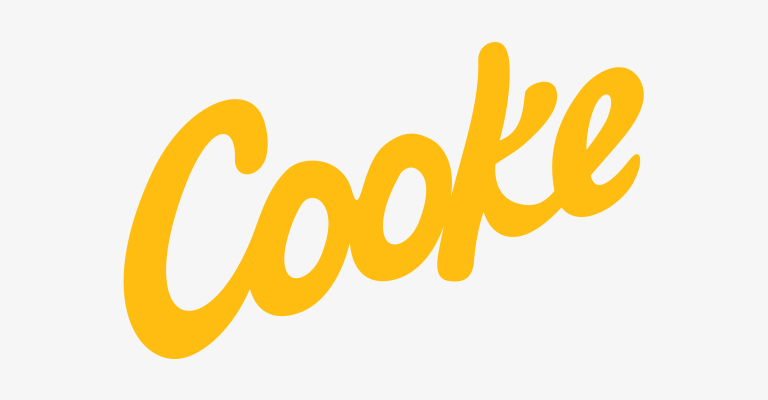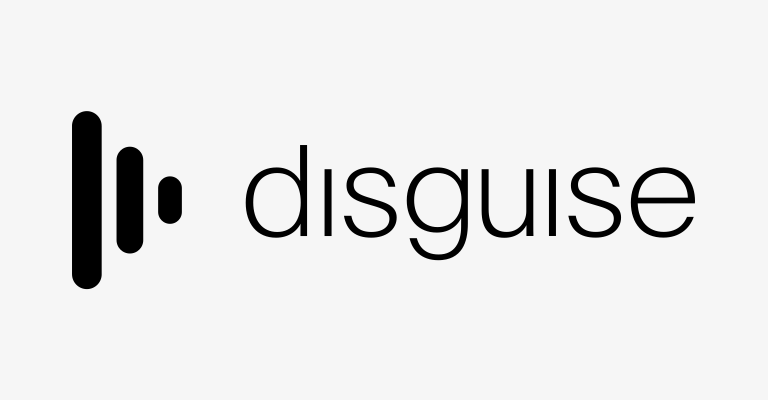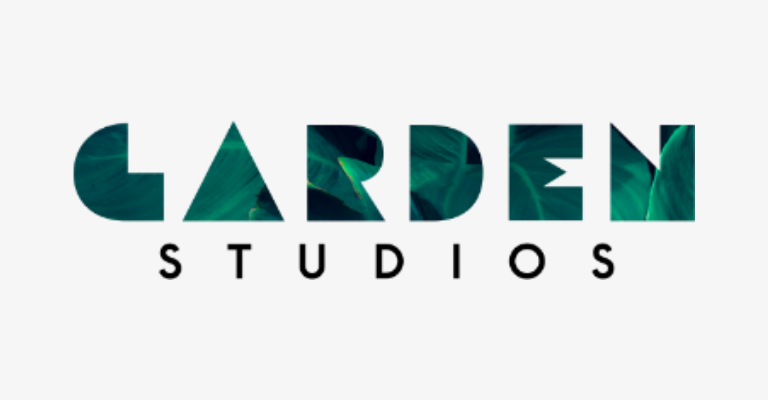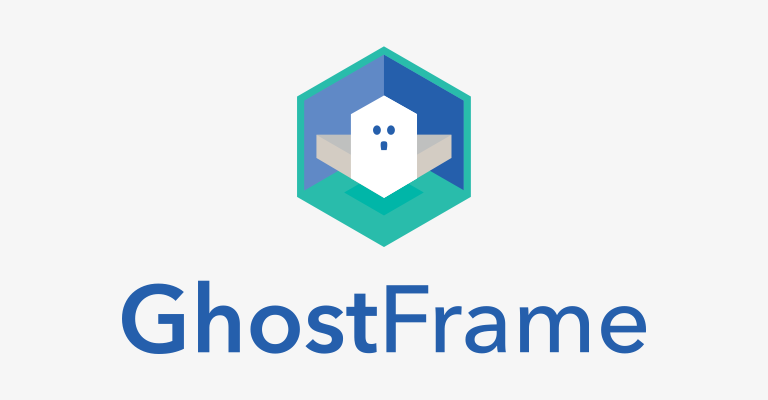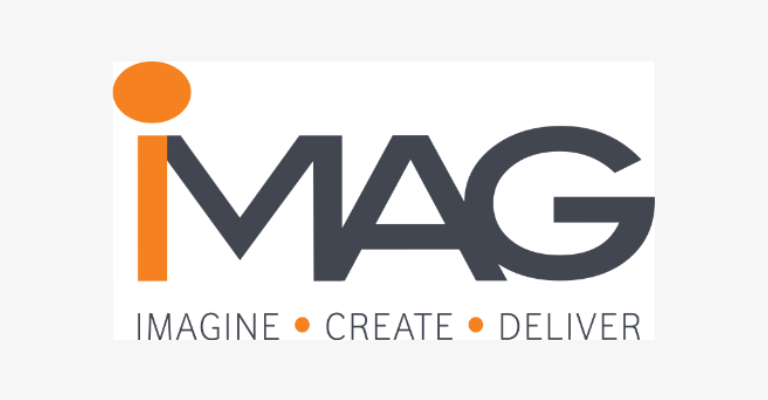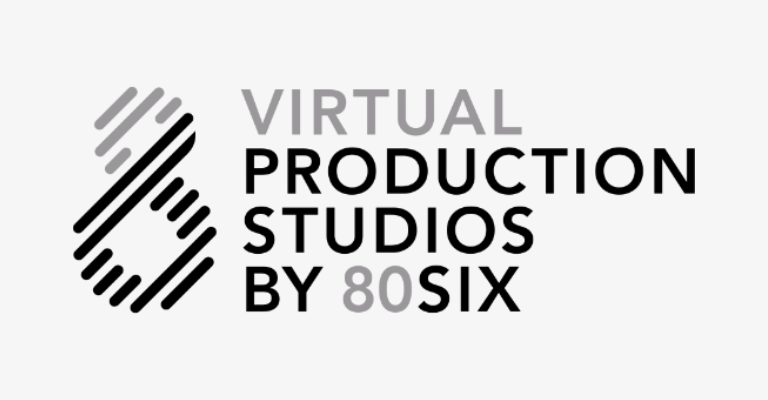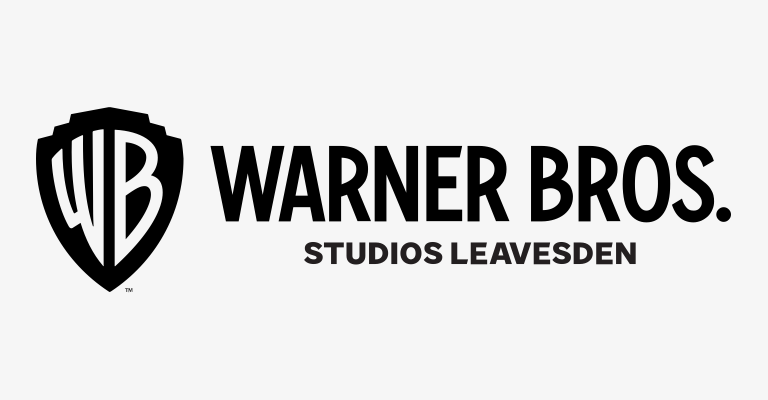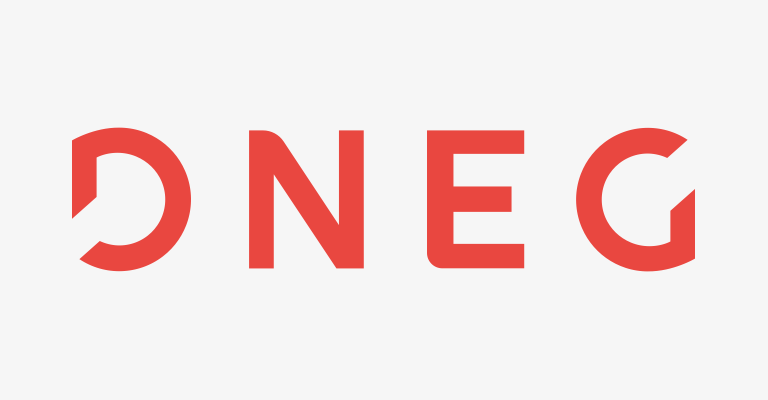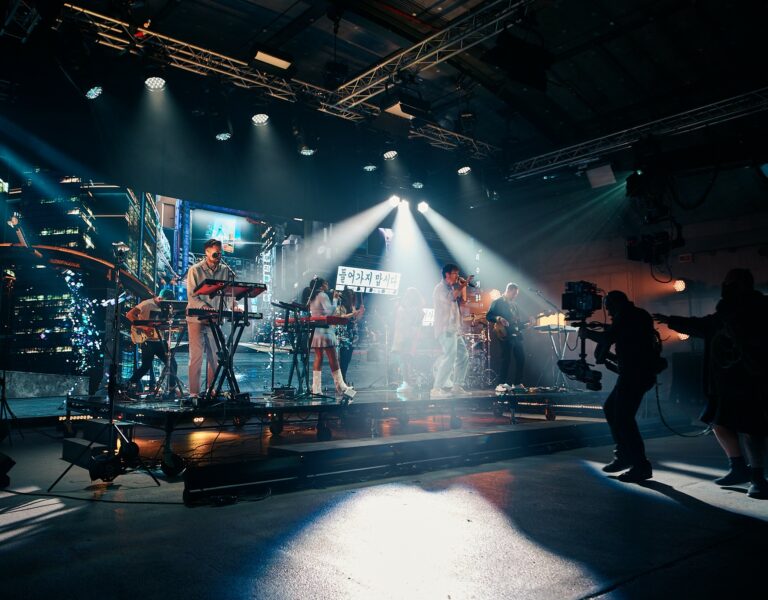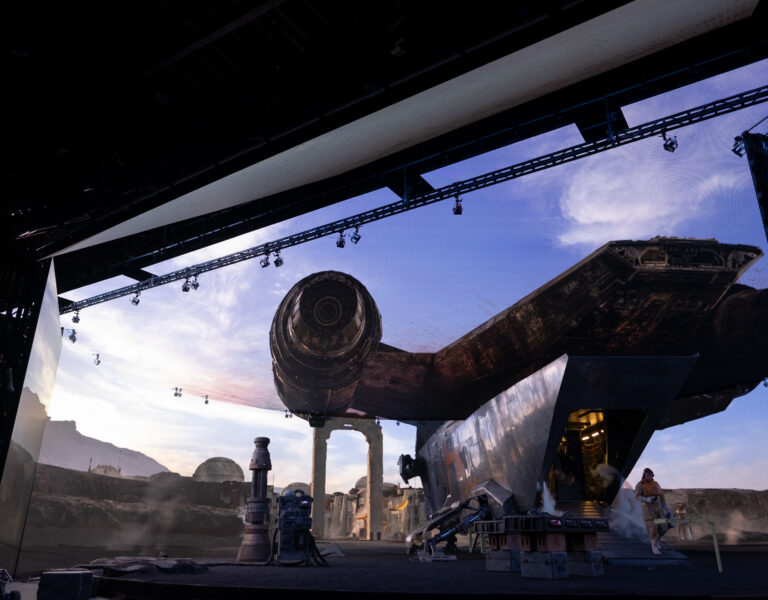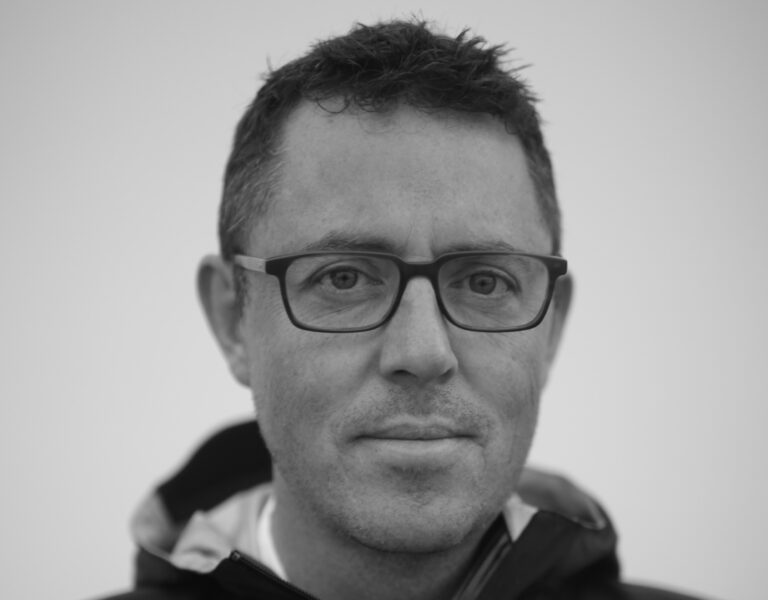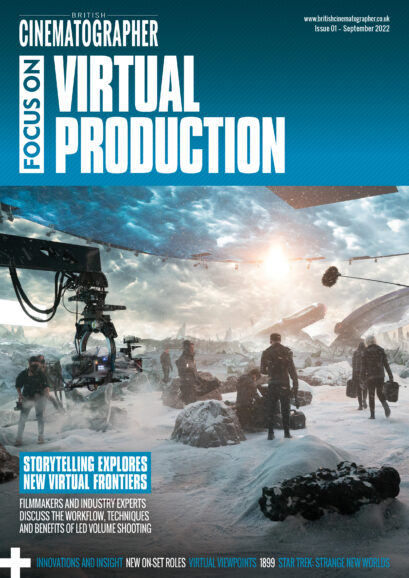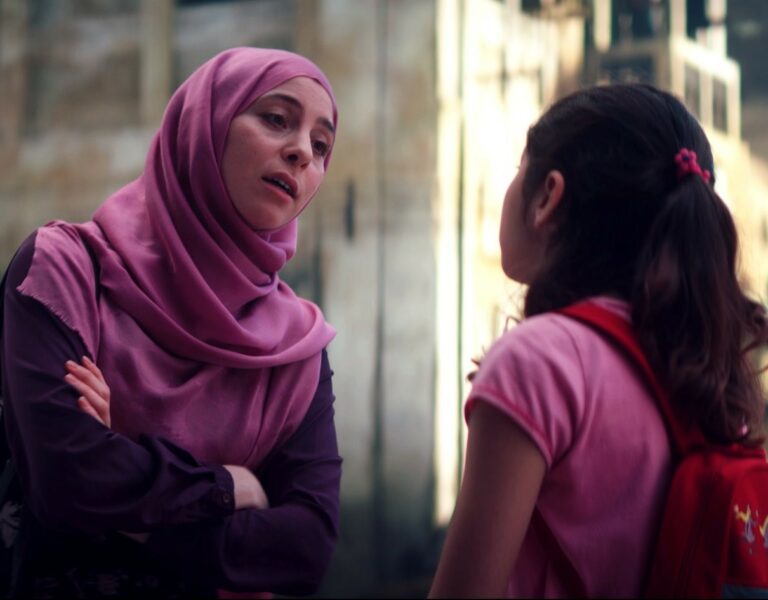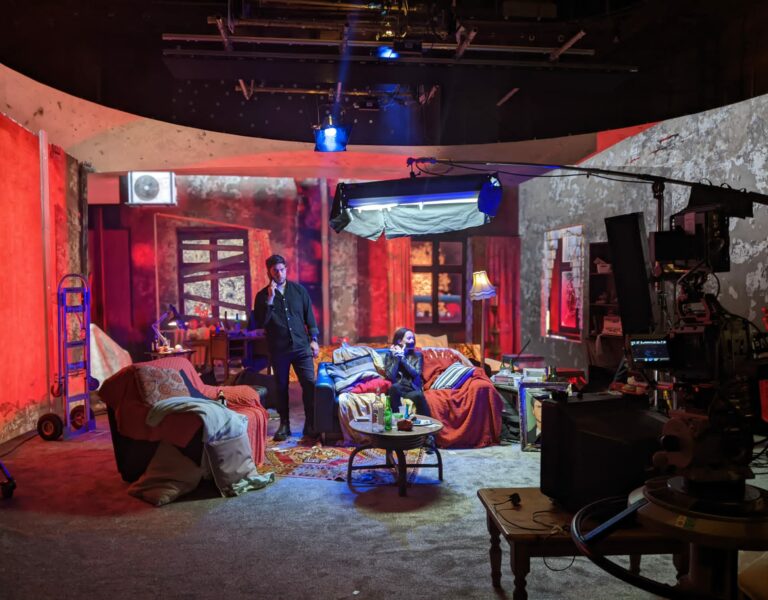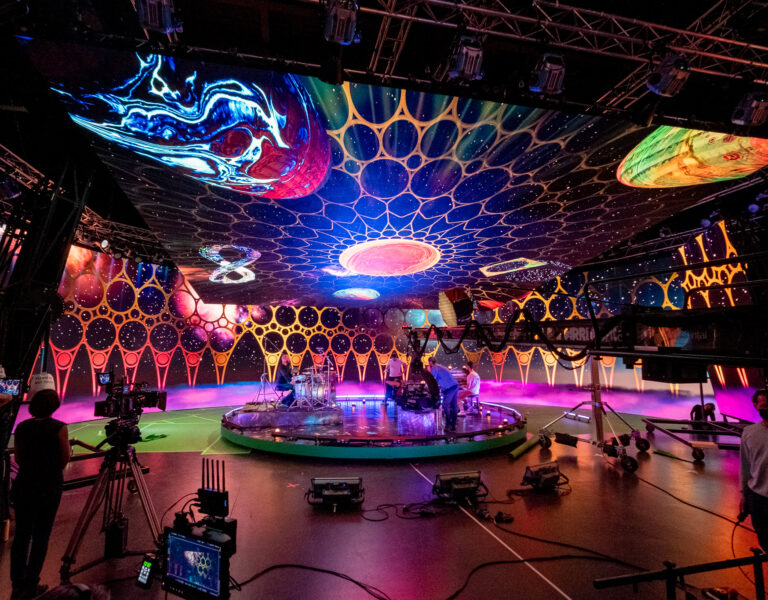PLAIN SAILING FOR SUMMERER
When COVID derailed plans for period drama 1899, set on a migrant steamship, to be a lavish multi-location shoot, the production pivoted to being shot almost entirely on a virtual sound stage, becoming the largest production since The Mandalorian to do so.
Netflix helped fund the build of a new VP facility from scratch at Studio Babelsberg, near Berlin, to make 1899 with Dark Ways, the production outfit of showrunners writer-producer Jantje Friese and producer- director Baran bo Odar.
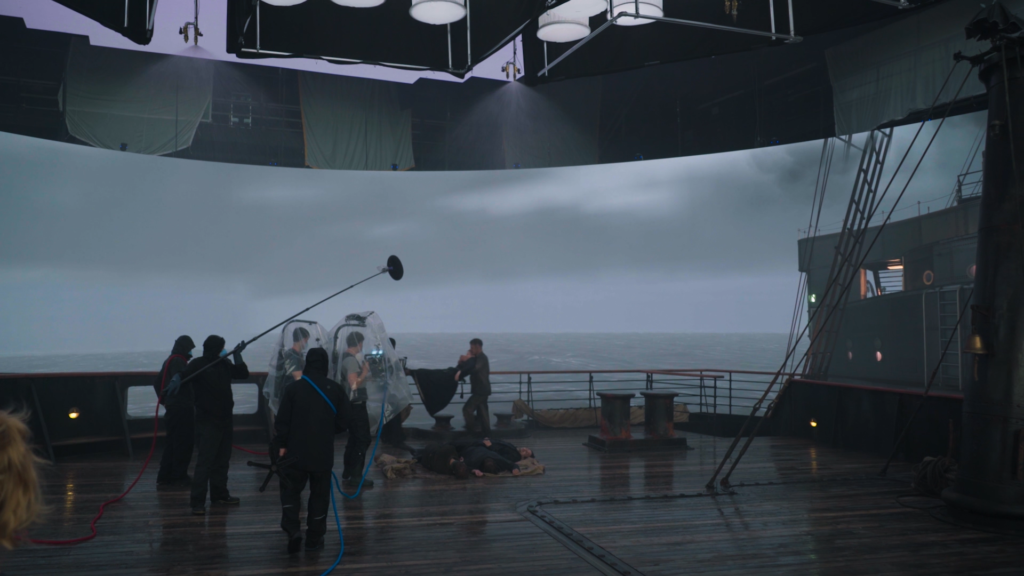
The pair sought advice from Barry Idoine ASC, the DP who had shot episodes of The Mandalorian, and hired Oscar-winning Framestore to become the show’s VFX and VP producers.
“Cinematographers regularly feel, at the beginning of a project, that they are underprepared, but we all came onto this show with little knowledge of the technology, including those doing the VP,” says DP Nikolaus Summerer. “We tested for a week at a volume in Elstree and did hundreds of Zoom meetings, but we couldn’t do anything practical until Dark Bay was built. It was a tedious, cumbersome but necessary process and because we didn’t know anything, we asked maybe the dumbest and most naïve questions.”
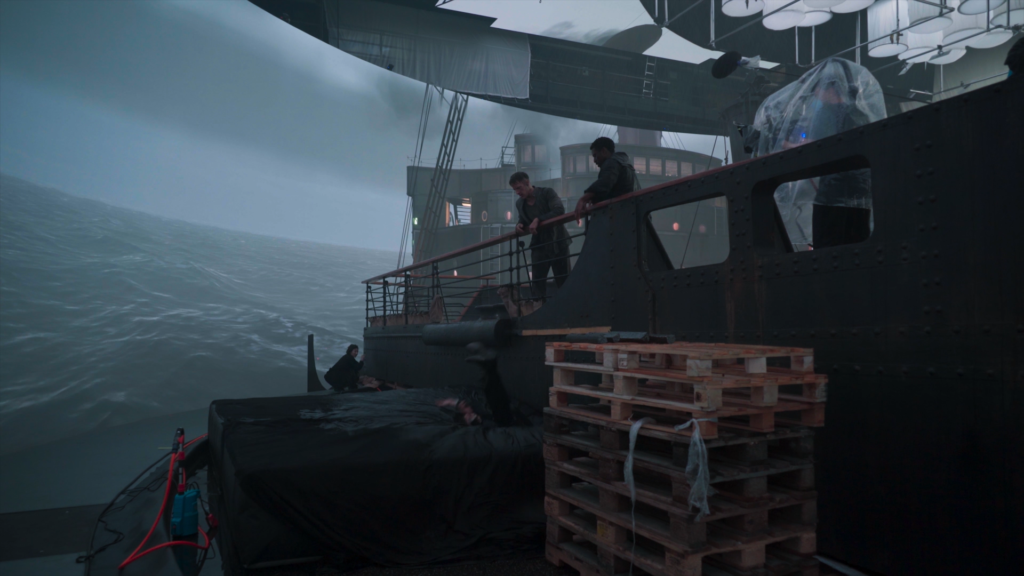
That included how to shoot reverse shots without laboriously rebuilding set each time. “We couldn’t afford to waste time for everything to be moved left to right so we asked, ‘What about a revolving stage?’”
The decision to design Dark Bay with a gigantic turntable on which the show’s modular sets were placed and oriented is “a game changer”, according to Summerer. “It allowed us to move rapidly through complex coverage and turnarounds.” It takes three minutes to spin the 4,500 sq. ft of shooting space 360 degrees.
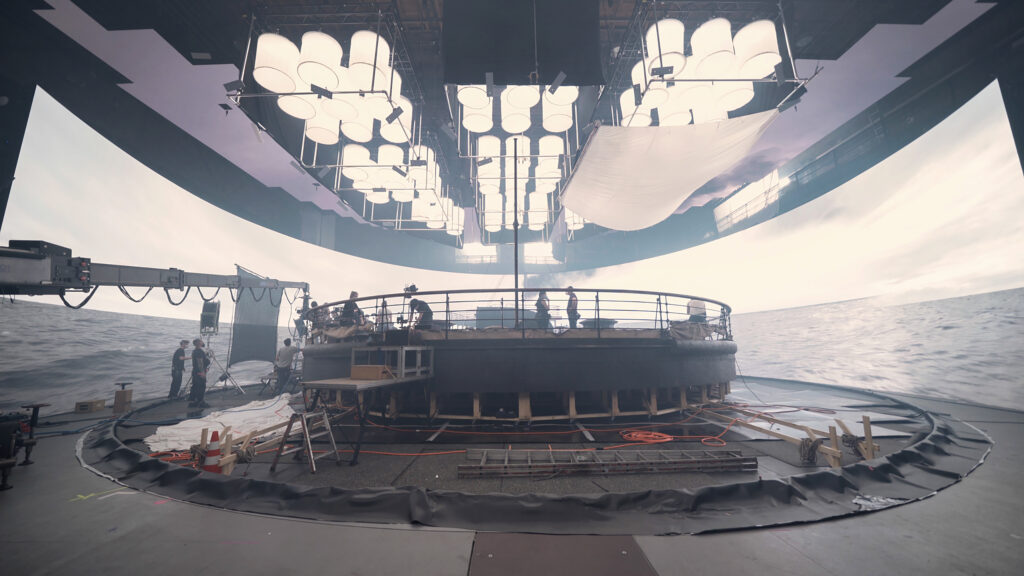
With the majority of the show lit by the wall, resetting lighting was relatively straightforward. “It’s real-time, basically, because in that gap, grips and set are swapping lights and props.” For example, you could shoot an over-the-shoulder conversation at the deck railing, then rotate the set 30 degrees, shoot a scene on the deck, rotate the set 100 degrees, shoot the reverse of the conversation, then change the lighting and props, and shoot a single of one character at the railing at night.
Summerer elected not to have an LED ceiling to better control colour temperature of overhead lamps. He shot on the Alexa Mini LF with two cameras simultaneously, ARRI having modified its large format anamorphic Alfa lenses so that bokeh fell perfectly into the wall.
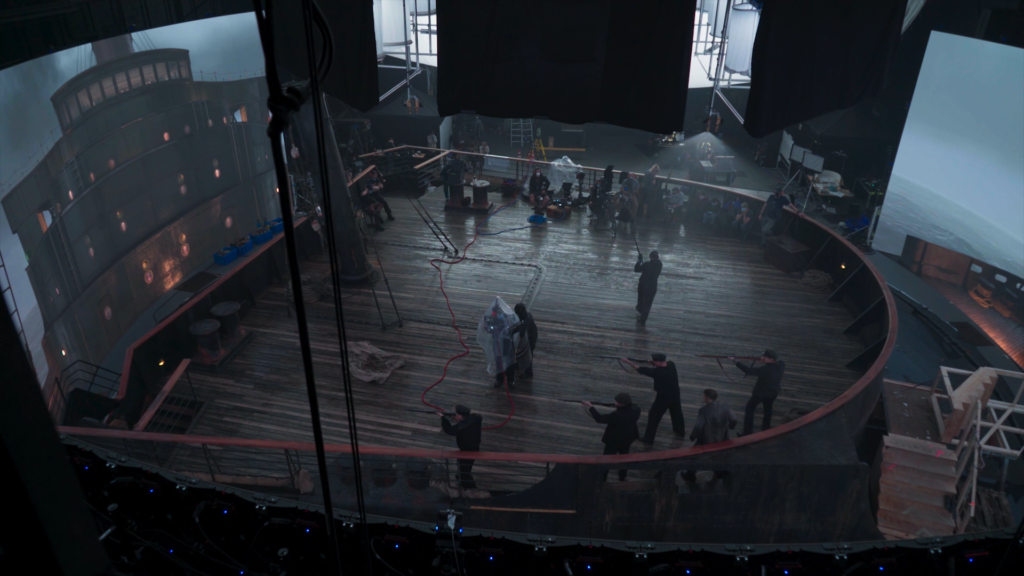
“Only one camera was properly tracked with the virtual background. The other camera – often long lens – was stealing the frustum from the wide-angle camera. So, the background is slightly wrong because it’s calculated for a different camera but when you have a longer lens this is not so apparent.”
With DIT Richard Muller, Summerer built a robust colour pipe based on one LUT and lit from an SDR monitor with checks made by Muller on an HDR monitor.

“The contrast of the wall can lack naturalism, so grading is perhaps more important than ever,” says Summerer, who did this in post. “You might have to enhance the contrast or shift colour when it looks too uniform, introduce some ‘mistakes’ to look more naturalistic.”
Another innovation was the inclusion of rain SFX (accomplished safely and without damaging electricals) to merge actual rainfall with virtual oceans.

“The breaking point for accuracy is whether the foreground is married together with the background.” He adds, “You can’t go too close to the walls with the actors or camera – your movement is limited to space within the circle and that can feel fairly static compared to shooting on location. Other limitations are often technical, for instance, the LED walls only create light from RGB which limits the quality of light and causes occasional issues with something being too pink or too green. These problems will improve with technological advances.”
1899 will be on Netflix later this year.
–
Words by Adrian Pennington

